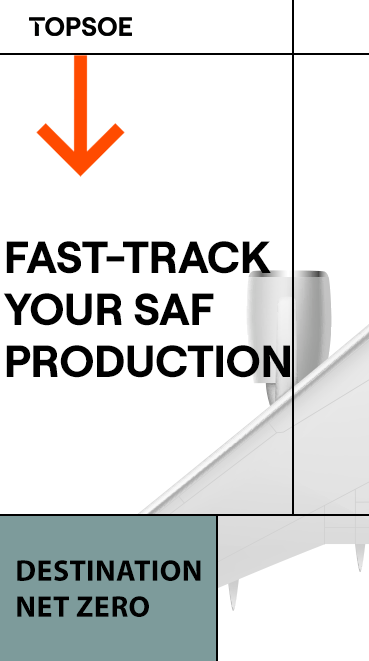Rio Tinto completes transition to renewable diesel at Kennecott copper mine in Utah

Rio Tinto announced Oct. 29 that it has completed the transition from conventional to renewable diesel for all heavy mining equipment at its Kennecott copper mine in Utah, giving the mine one of the lowest carbon footprints of any copper producer in the United States.
Kennecott’s fleet of 97 haul trucks and heavy-machinery equipment at the mine, concentrator, smelter, refinery and tailings are now all fueled by renewable diesel sourced in the United States.
The renewable diesel being used is currently made from 90 percent soybean oil and 10 percent animal fat and used cooking oil.
This is expected to reduce the mine’s scope 1 emissions by 450,000 metric tons, equal to eliminating the annual emissions of 107,000 cars.
In addition, the switch to renewable diesel reduces PM2.5 (particulate matter less than 2.5 microns) emissions at the tailpipes of its haul-truck fleet by 40 percent, a reduction equivalent to approximately 2.3 billion miles of light vehicle travel annually.
Kennecott has one of the lowest carbon footprints of any copper producer in the United States, thanks to recent initiatives such as the closure of a coal-fired power plant, installation of a 5-megawatt solar farm, deployment of battery-electric vehicles underground, and the transition to renewable diesel.
The operation’s overall carbon footprint has now been reduced by more than 80 percent from 2018 levels.
“The transition to renewable diesel is a significant step toward our decarbonization goals at Kennecott where we have now reduced emissions by 80 percent, thanks to a range of initiatives in recent years,” said Clayton Walker, Rio Tinto Copper’s chief operating officer. “We remain committed to being responsible stewards of the environment and are always looking to find better ways to provide the materials the world needs for the energy transition.”
Kennecott’s transition to renewable fuel will also make low-carbon fuel more accessible in the state of Utah.
In partnership with Kennecott, HF Sinclair is dedicating two tanks to renewable diesel for the mine with each having tank capacity of 18,000 barrels (756,000 gallons).
“We’re proud to support Rio Tinto’s sustainability journey with a low-carbon fuel produced at our facilities,” said Steven Ledbetter, HF Sinclair’s executive vice president of commercial. “We’re excited to see Kennecott move from trial to full implementation and what this could mean for other industries with evolving energy needs.”
In 2023, Kennecott conducted an initial trial of renewable diesel, which compared two trucks using regular diesel against two using renewable diesel.
Officials measured the trucks’ acceleration, cycle time, fuel usage and engine-inspection reports.
The renewable diesel was trialed successfully, complementing similar test findings from Rio Tinto’s Boron mine in California.
Combined with Rio Tinto's Boron mine, which completed the full transition of its heavy machinery from fossil diesel to renewable diesel in May 2023, renewable diesel use at Kennecott replaces 11 percent of Rio Tinto’s global fossil-diesel consumption with renewable diesel.
Rio Tinto is targeting reductions in scope 1 and 2 emissions of 50 percent by 2030 and net zero by 2050.






















-RKstandin.jpg)
_gif.gif)




